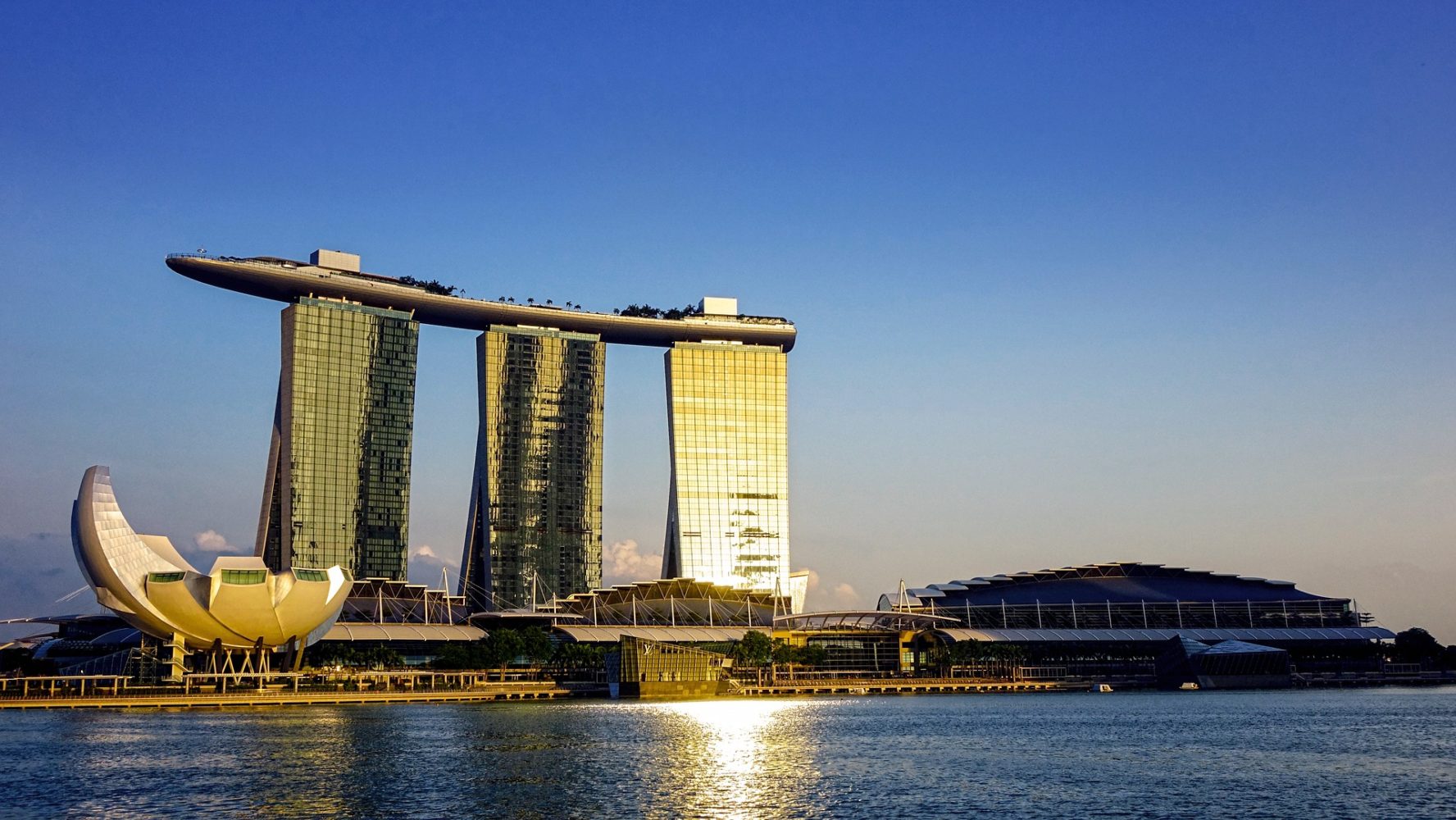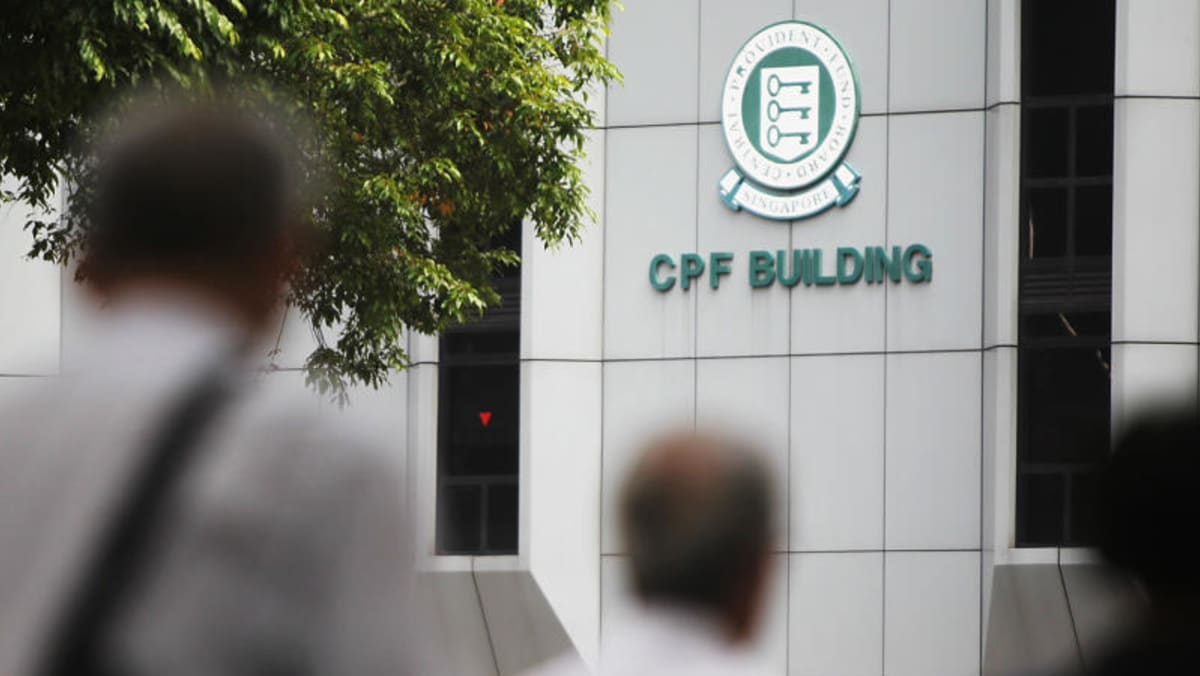Things You Did Not Know About Singapore Financially (SG60 Edition)
As Singapore celebrates its diamond jubilee, we uncover the remarkable financial innovations and statistics that have transformed the Lion City into a global powerhouse. From pioneering monetary policy to world-beating savings rates, these lesser-known facts reveal why Singapore punches well above its weight in the financial arena.
Singapore's Monetary Policy: The World's Most Unique Central Banking Approach
Whilst most central banks fiddle with interest rates, the Monetary Authority of Singapore (MAS) has pursued a radically different path since 1981. Singapore is virtually alone among developed economies in using exchange rate management as its primary monetary policy tool—a sophisticated approach that reflects the city-state's exceptional economic structure.
The Singapore dollar is managed against an undisclosed basket of currencies from major trading partners, within a policy band that has three adjustable parameters: the level, slope, and width.
This system exists because Singapore's economy is extraordinarily open—with a trade-to-GDP ratio exceeding 300%, making exchange rate fluctuations far more influential on inflation than domestic interest rates. As MAS explains:
"Monetary policy in Singapore is centred on managing the trade-weighted exchange rate with the objective to ensure price stability over the medium term."
The sophistication lies in the details. The S$NEER (Singapore Dollar Nominal Effective Exchange Rate) policy band operates like a crawling peg, allowing gradual appreciation or depreciation whilst maintaining stability. In July 2025, MAS maintained its modest and gradual appreciation path, demonstrating the system's flexibility during global economic uncertainty.
Source: Monetary Authority of Singapore, MAS Monetary Policy Statement July 2025
The CPF: More Than Just Retirement Savings
Singapore's Central Provident Fund isn't merely a pension scheme—it's a comprehensive social security system that would make actuaries worldwide weep with envy. The numbers alone tell an extraordinary story of financial engineering at scale.
CPF by the Numbers (March 2025)
- 4.2 million members - virtually every working adult in Singapore
- S$623 billion in balances - equivalent to roughly 120% of Singapore's GDP
- 162,699 employers participating in the system
- S$26.2 billion invested by members in their own portfolios
- S$22.4 billion in interest credited in 2024 alone
What's remarkable isn't just the scale, but the sophistication. The CPF operates as a forced savings scheme with rates of return that have consistently outperformed many developed market government bonds. For 2024, CPF members earned 2.5% on Ordinary Account balances and 4.08% on Special and Medisave Account balances—risk-free returns that private investors would struggle to match.
Perhaps most impressively, Singapore's pension system ranked 5th globally in the 2024 Mercer CFA Institute Global Pension Index, scoring 78.7 points and earning a B+ grade. This represents an improvement from 7th place in 2023, cementing Singapore's position as having Asia's top retirement system.
Source: CPF Annual Report 2024, Mercer CFA Institute Global Pension Index 2024

Sovereign Wealth Fund Performance: The Temasek and GIC Duopoly
Singapore operates not one but two of the world's most sophisticated sovereign wealth funds, each with distinct mandates and investment philosophies. Their combined assets under management exceed US$750 billion, making Singapore one of the most financially powerful small nations in history.
Temasek Holdings: The Commercial Investor
Temasek closed 2024 with a net portfolio value of S$434 billion, demonstrating remarkable resilience in volatile markets. The fund's geographic diversification tells the story of Singapore's global investment strategy: 66% underlying exposure to developed economies, despite being anchored in Asia.
Temasek's unlisted portfolio has generated returns of 9% per annum over the last decade, significantly outperforming many institutional investors globally.

GIC: The Patient Capital Champion
Government of Singapore Investment Corporation (GIC) posted a 20-year annualised real return of 3.8% for the year ended March 2025, though this represented the fund's slowest investment growth in recent years. However, this modest headline figure masks sophisticated portfolio management across multiple asset classes and geographies.
GIC's strategy reveals interesting insights about global capital allocation. The fund increased its US equities allocation despite concerns about high valuations, demonstrating the kind of contrarian thinking that has served Singapore's financial managers well over decades.
Sources: Temasek Review 2025, GIC Annual Report 2024/25, Reuters analysis July 2025

Banking Sector Dominance: The Three Pillars
Singapore's banking sector is dominated by a triumvirate that would make any financial system envious: DBS, OCBC, and UOB. These three institutions don't just dominate locally—they're regional powerhouses with global reach.
2024 Banking Performance Highlights
- DBS: Net profit of S$11.289 billion, ROE of 18.8%
- OCBC: Net profit of S$7.587 billion, highest dividend yield at 5.16%
- UOB: Strong profitability with 13.7% ROE
What's extraordinary is the consistency of their performance. All three banks reported record profits in 2024, driven by robust wealth management fees and trading income. DBS leads on profitability metrics with an ROE that would be considered exceptional in any developed market, whilst OCBC offers the most attractive dividend yield for income-focused investors.
The sector's strength reflects Singapore's role as a financial hub, but also demonstrates the benefits of conservative banking regulation and prudent risk management—lessons that proved invaluable during global financial turbulence.
Source: The Asian Banker, Singapore bank earnings analysis 2024

Singapore's World-Leading Savings Rate: A Statistical Anomaly
Singapore boasts one of the world's highest savings rates—a statistic that reveals profound insights about the city-state's economic culture and policy framework. With a gross domestic savings rate of 60.1% of GDP, Singapore ranks 5th globally, a remarkable achievement for a developed economy.
To put this in perspective, Singapore's savings rate exceeds that of most oil-rich nations and traditional saving cultures. The IMF notes that Singapore's private saving rate of around 37% of GDP is the highest among developed economies, reflecting both cultural propensities and policy incentives.
At current savings rates and with average incomes of approximately US$127,606 (PPP-adjusted), the typical Singaporean household saves more in absolute terms than most households earn globally.
This savings culture creates a virtuous cycle: high savings provide domestic capital for investment, reducing dependence on foreign funding whilst creating pools of capital for both government and private sector deployment.
Sources: World Bank Data 2024, IMF Article IV Consultation 2025, Investopedia analysis
Fintech Innovation: The Digital Finance Laboratory
Singapore has transformed itself into Asia's fintech laboratory, with 2024 revealing both the maturation of the sector and its continued innovation potential. The statistics paint a picture of sophisticated capital allocation and technological advancement.
According to KPMG's Pulse of Fintech H2'24 report, Singapore's fintech sector attracted US$1.3 billion in investment during 2024. Whilst this represented a recalibration from previous years, the composition of investments reveals remarkable sophistication:
"Singapore's fintech sector recalibrated in 2024, with investment totaling US$1.3 billion, the lowest level since 2020. This strategic pivot reflects a global trend as fintech investment reached a seven-year low of US$95.6 billion."
Singapore Fintech Investment Breakdown 2024
- Digital assets and blockchain: US$486.09 million (#1 sector)
- Insurtech: US$141.50 million (#2 sector)
- Payments: US$123.60 million (#3 sector)
- AI-powered fintech: Jumped from US$24M to US$160M in H2'24
The artificial intelligence surge is particularly noteworthy. As KPMG observes:
"AI-powered fintech also made significant gains, with investment soaring from US$24 million in H1'24 to nearly US$160 million in H2'24. Investor interest was particularly strong for regtech, business automation and agentic AI solutions."
Source: KPMG Pulse of Fintech H2'24 Report, February 2025

Global Financial Centre Rankings: Maintaining the Edge
Singapore's position as the world's 4th-ranked financial centre represents more than mere prestige—it reflects tangible competitive advantages that translate into economic value. In the Global Financial Centres Index 37 (March 2025), Singapore scored 750 points, maintaining its position ahead of major US centres like San Francisco and Chicago.
The granular rankings reveal Singapore's particular strengths:
| Sector | Singapore Ranking |
|---|---|
| Professional Services | 1st |
| Trading | 2nd |
| Government & Regulatory | 3rd |
| Fintech | 3rd |
| Insurance | 4th |
Singapore's financial sector contributed approximately S$87.8 billion to GDP in 2024, reinforcing its role as a cornerstone of the economy. This represents roughly 17% of GDP from a single sector—a concentration that reflects both opportunity and strategic focus.
Sources: Global Financial Centres Index 37, Singapore economic statistics 2024

Lesser-Known Financial Facts: The Statistical Curiosities
Beyond the headline numbers lie fascinating details that reveal the true sophistication of Singapore's financial ecosystem:
Remarkable Financial Statistics
- Singapore's private banking assets under management exceed US$2 trillion across Asia-based operations
- The Singapore dollar is managed against a currency basket whose composition is never disclosed—one of the world's best-kept monetary policy secrets
- CPF members withdrew S$4.4 billion under retirement schemes in Q1 2025 alone, yet total balances continued growing
- Singapore processes more than 70% of global trade finance for the ASEAN region
- The city-state hosts over 200 banks from more than 40 countries—the highest concentration of international banks globally
Perhaps most remarkably, Singapore achieved all this with a land area smaller than New York City and a population comparable to a medium-sized metropolitan area. The financial density—measured by assets under management per square kilometre—likely exceeds any jurisdiction globally.

The SG60 Financial Legacy
As Singapore celebrates its 60th year of independence, the financial achievements represent more than statistical curiosities—they demonstrate how small nations can achieve disproportionate influence through intelligent policy design and consistent execution.
The SG60 budget initiatives, including S$600-800 vouchers for citizens, represent fiscal confidence born from decades of prudent management. When governments can distribute cash whilst maintaining fiscal discipline, it reflects underlying economic strength that few jurisdictions can match.
For sophisticated investors and business professionals, Singapore's financial ecosystem offers lessons in efficiency, innovation, and long-term thinking. Whether it's the CPF's forced savings generating domestic capital, MAS's unique monetary policy providing stability, or the sovereign wealth funds generating global returns, Singapore has created a financial architecture that other nations study but rarely replicate successfully.
In an era of financial volatility and policy uncertainty globally, Singapore's consistent approach offers both stability and opportunity—qualities that explain why global capital continues flowing toward this small island nation with outsized financial ambitions.
Let us know what you think about this topic, and what do you want to hear next.
You can now be our community contributor and make a pitch to have your favourite personality be on our show.
Join our community group and drop us your insights on this topic.

-4.png?width=50&name=Square%20(2)-4.png)










Let us know what you think of this post